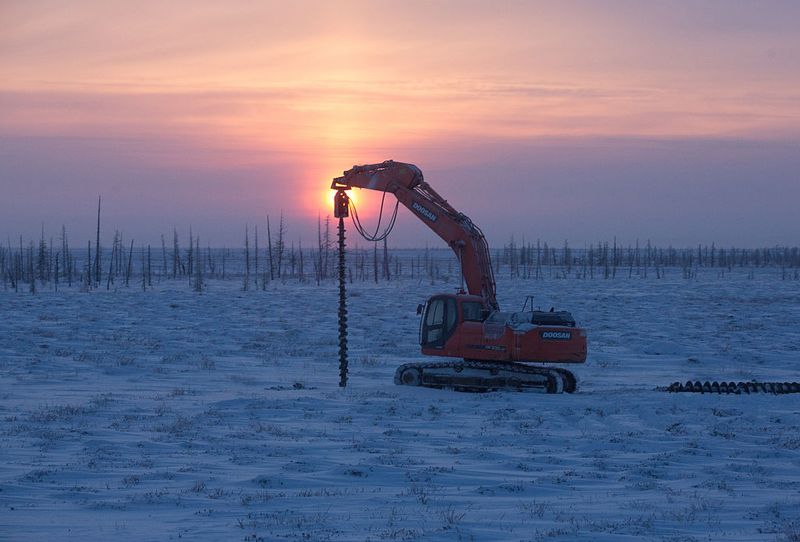Every boom in the US economy is different, but over the past several decades, each has ended the same way. First you get full employment. Then you get a spike in the price of oil. And then there’s a recession.
The US hit full employment in August 2015. And yet the prevailing wisdom is that oil prices will hold steady around $50 per barrel, or even fall because of production gluts. What could cause a spike? It’s worth looking at both history and current events.
The unemployment rate has gotten to 5 percent or lower four times since the early 1970s, and each time the economy followed this pattern with an oil spike and a recession. The first and most extreme case was the 1973 OPEC oil embargo that began in October 1973. At that time the unemployment rate was 4.6 percent. Over the next five months the price of oil tripled in global markets, plunging the US into an immediate recession that eventually coincided with the resignation of President Richard Nixon.
The second case was the First Gulf War. The unemployment rate touched as low at 5 percent in early 1989. Because of rising tensions in the Middle East, eventually leading into Iraq’s invasion of Kuwait and the American military response, the price of oil jumped from around $16 in June 1990 to $40 later that fall. Recession began in July.
The late 1990s boom in the US may be remembered more for technology stocks, but it also coincided with an oil spike. After the emerging market crises of 1998, the price of oil dropped as low as $11 a barrel. Yet by March 2000, as technology stocks were peaking, it had soared to over $33 a barrel, its highest level since the Gulf War. And in the last economic cycle, even as the housing market was collapsing, the price of oil soared, rising from $52 a barrel in January 2007 to almost $150 a barrel by the summer of 2008.
Bloomberg
